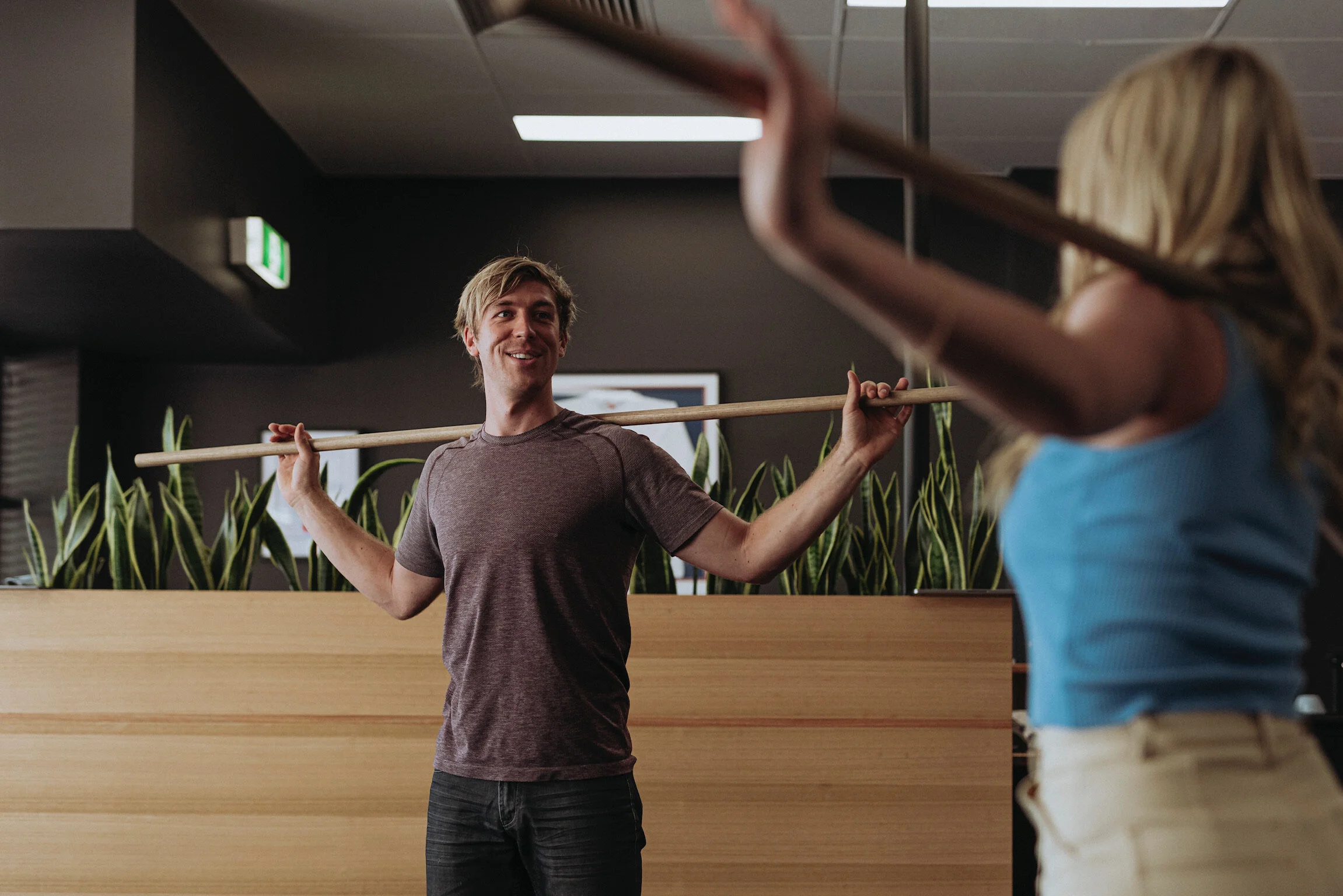
How to fix arthritis
Arthritis is more than just wear and tear.
Types of Arthritis
Degenerative Arthritis
Inflammatory Arthritis
Infectious Arthritis
Metabolic Arthritis
There are three types of evidence that supports specific physiotherapy interventions for reducing the pain, relieving the joint stiffness, and improving quality of life of people experiencing arthritis Who have consulted a physiotherapist.
The first kind of evidence is clinical experience from a physio who have worked with people experiencing arthritis. Clinicians will describe how those with arthritic joints experience more joint pain, more stiffness and more physical dysfunction parentheses such as reduce balance, reduced walking endurance and like parentheses during winter months compared to summer months. This observation is supported by the second form of evidence which is academically tested and published often online. An example of this academic evidence would be a research article that confirms people living with Hyppa knee arthritis experience more pain, more joint stiffness and reduced balance during colder months compared to summer months.
The third type of evidence that we use to determine affective interventions for arthritis in physiotherapy is the consumers preferences and expectations. If you consumer expects that applying a cabbage wrapped in glad wrap to that they will reduce the inflammation, increase the speed of recovery, and improve their ability to resume participating in every day activities then we may suppose that the cabbage may hold greater benefits compared to someone who does not believe that these effects will be achieved through the application of what’s on my side is an unusual treatment for arthritis. At Exercise Thought, we have had clients present with this intervention as their preference or as their supplement to the advice from a physiotherapist.
The best treatment for arthritis is to combine the first second and third types of evidence interview simple, sustainable and effective treatments for pain, stiffness and quality of life.
Helping someone with arthritis often requires that a physiotherapist address the common misconception that arthritis is inevitable as we age. Yes, it is true that more people of an old age report the symptoms that we consider characteristic of arthritis compared to other people. Yes it is true that unless we are talking about juvenile idiopathic arthritis which is distinctly different in cause and nature, that Osseo arthritis which is by far the most common is not fixed and inevitable but rather curable. Even if not curable, there is ample research evidence that people living with arthritis can reduce the pain improve their joint mobility and live a good life with arthritis. Research from Denmark, often conceptualized by the TLA; D protocol, demonstrates how formulaic and structured exposure to graduated exercise, education, and working relationship with physiotherapist does improve the way the joints feel, the way the joints move, and the way that we live our lives after arthritis. Some people even describe their arthritis as cured.
1 IN 6 AUSTRALIANS LIVE WITH ARTHRITIS!
There are three types of evidence that supports specific physiotherapy interventions for reducing the pain, relieving the joint stiffness, and improving quality of life of people experiencing arthritis Who have consulted a physiotherapist.
The first kind of evidence is clinical experience from a physio who have worked with people experiencing arthritis. Clinicians will describe how those with arthritic joints experience more joint pain, more stiffness and more physical dysfunction parentheses such as reduce balance, reduced walking endurance and like parentheses during winter months compared to summer months. This observation is supported by the second form of evidence which is academically tested and published often online. An example of this academic evidence would be a research article that confirms people living with Hyppa knee arthritis experience more pain, more joint stiffness and reduced balance during colder months compared to summer months.
The third type of evidence that we use to determine affective interventions for arthritis in physiotherapy is the consumers preferences and expectations. If you consumer expects that applying a cabbage wrapped in glad wrap to that they will reduce the inflammation, increase the speed of recovery, and improve their ability to resume participating in every day activities then we may suppose that the cabbage may hold greater benefits compared to someone who does not believe that these effects will be achieved through the application of what’s on my side is an unusual treatment for arthritis. At Exercise Thought, we have had clients present with this intervention as their preference or as their supplement to the advice from a physiotherapist.
Can arthritis be fixed?
How can we reduce the pain of arthritis? Can arthritis be fixed? Is there a cure for arthritis? Do I have arthritis?
These are some of the questions physiotherapists answer when someone enters Exercise Thought to ask about stiffness, pain and dysfunction relating to a knee, hip, foot or hand.
The best treatment for arthritis is to combine the first second and third types of evidence interview simple, sustainable and effective treatments for pain, stiffness and quality of life.
Helping someone with arthritis often requires that a physiotherapist address the common misconception that arthritis is inevitable as we age. Yes, it is true that more people of an old age report the symptoms that we consider characteristic of arthritis compared to other people. Yes it is true that unless we are talking about juvenile idiopathic arthritis which is distinctly different in cause and nature, that Osseo arthritis which is by far the most common is not fixed and inevitable but rather curable. Even if not curable, there is ample research evidence that people living with arthritis can reduce the pain improve their joint mobility and live a good life with arthritis. Research from Denmark, often conceptualized by the TLA; D protocol, demonstrates how formulaic and structured exposure to graduated exercise, education, and working relationship with physiotherapist does improve the way the joints feel, the way the joints move, and the way that we live our lives after arthritis. Some people even describe their arthritis as cured.
What exercise can do for your arthritis:
Help you maintain bone strength
Give you more energy to get through the day
Make it easier to get a good night's sleep
Help you control your weight
Strengthen the muscles around your joints
Enhance your quality of life
Improve your balance


